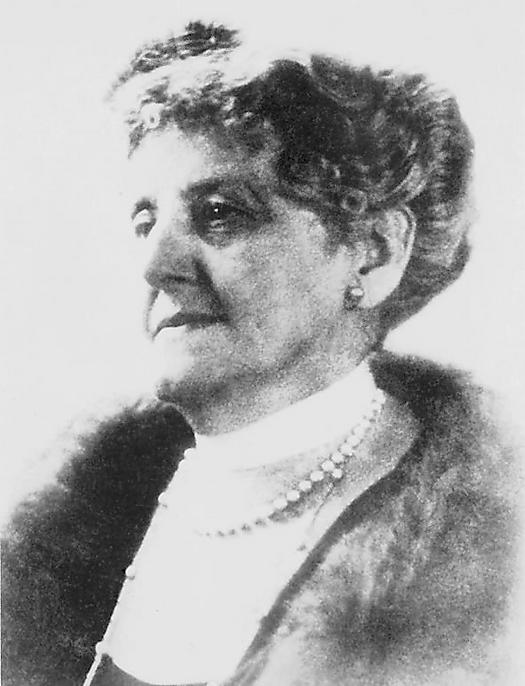I encountered a small statue in a garden on a walking tour of Konstanz, Germany. Our guide explained the significance; this was a bust of Johann Georg Elser (1903-1945). As she recounted the story, it seemed familiar. Then I remembered--I read about the incident in Agent Sonya by Ben McIntyre.
Georg was a German carpenter and craftsman who valued freedom and rights for the workers in the Third Reich. He sympathized with the needy since he grew up in a family that struggled economically. He worked in Konstanz, Germany, reportedly some of the happiest years of his short life.
He managed to resist the Nazi party with small acts, such as refusing to listen to radio broadcasts of Hitler's speeches and to salute with arm extended. As a biographer of Hitler, Ian Kershaw said, "he was a single person, an ordinary German, a man from the working class, acting without the help and or knowledge of anyone else."
Georg Elser's actions remind one of the question of the morality of exposing innocent victims to danger in the cause for good. Are accidental deaths as a result of an assassination of an evil leader justified? Mr. Elser engaged in other forms of protest which obviously were insufficient to counter the rise of Hitler.
Disgusted by the Nazis, he meticuously planned and nearly executed a bombing on November 8, 1939 that would have killed or seriously injured Hitler and other highly placed Nazi officers. Hitler gave a speech at a beer hall in Munich every November 8 to commemorate his attempted putsch on that date in 1923. Unfortunately, Hitler left the beer hall (one of his favorite) before the bomb detonated, ostensibly to catch a train. Several people were killed, none were the brass of the Nazi regime.
Georg was long gone when the bomb exploded. He was arrested, in Konstanz, for smuggling, while attempting to cross into Switzerland. When his knapsack was searched, police found tools and a postcard of the beer hall, incriminating evidence. Georg was sent to Munich and then Berlin where he was tortured by high ranking officials. Then shipped off to Sachsenhausen, where he spent years, until he was executed at Dachau in 1945. The Germans kept him alive as a symbol of British intelligence involvement rather than German resistance. Hitler was certain that Esler alone could not have carried out a plot to assassinate him.
Evidently, the Germans remained convinced. Finally, in the 1960's interrogation transcripts were found. Not until the 1980's was Georg Elser memorialized as a hero. Georg himself wrote of his misgivings about the killing of innocent victims for the purposes of freedom and destroying evil. He said, "I wanted to prevent the war!"
https://www.fritz-bauer-forum.de/en/datenbank/johann-georg-elser-3/
https://www.gdw-berlin.de/en/recess/topics/7-georg-elser-and-the-assassination-attempt-of-november-8-1939/
https://www.dw.com/en/hitlers-would-be-assassin-a-lone-wolf-who-acted-on-his-ideals/a-51156209
Note: Any mistakes are my responsibility. It is difficult to ferret out fact from fiction in the numerous accounts of this story.
©Karen Levi 2023



